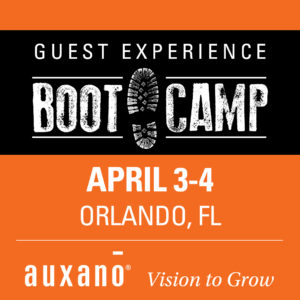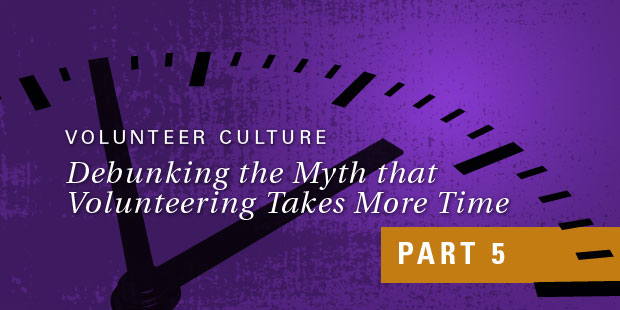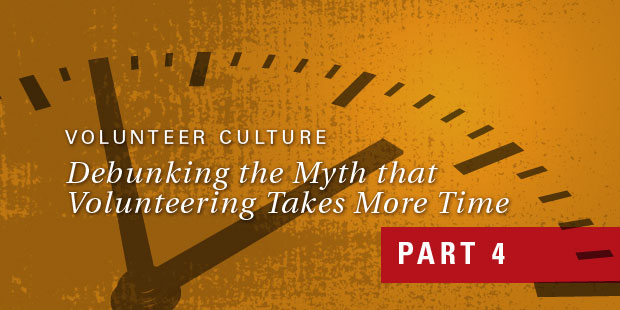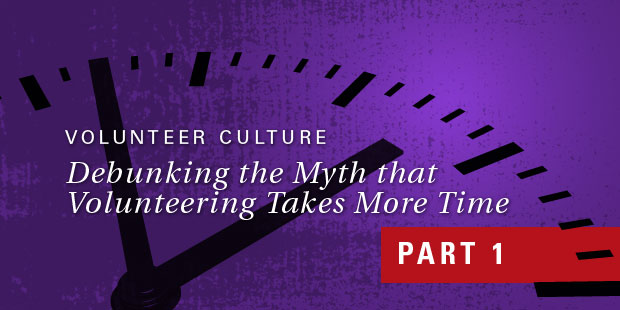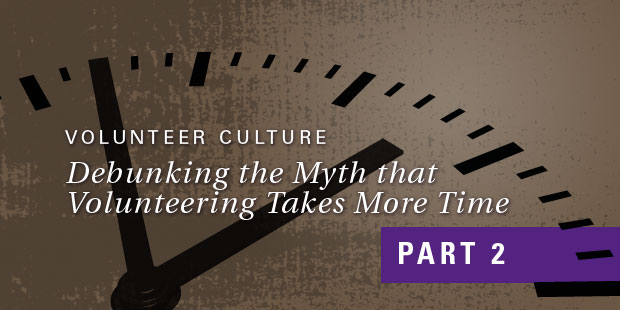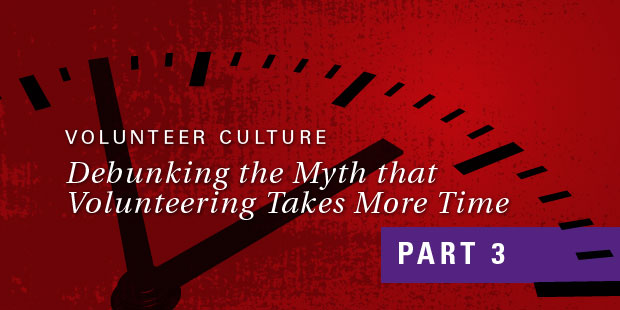
People People are the Best Welcome People
This isn’t rocket science. It’s not brain surgery. It’s not even pastorally profound. It’s pretty common sense stuff. I want people on our guest services teams who are:
- People-people: People who love people
There was a time in our church when greeters just needed to be able to brush their teeth and smile. Those days are long gone. They must bathe, too.
Oh, yes, and they must like people. No, they must love people.
Our guests and the guests in your church (or business) will intuitively know when our teams don’t care. You know it when you experience it.
You’ve experienced the super market clerk who gives you no eye contact, doesn’t speak to you until she tells you the total amount of cast you owe, and scowls to her associate in the next lane about how long she’s been at work. You’ve bumped into the church greeter who brushed his teeth, but hadn’t smiled since 1952. And today he can’t remember why. We know when people really love, really care.
If your teams aren’t people-people, your guests will know. They’ll know when your team…
- frowns
- complains about what’s wrong
- can’t leave soon enough
- rigidly performs the tasks of their role without connecting relationally
- shows signs of fatigue
- is indifferent or even rude.
But, when you team is made up of people-people, your guests will engage. They will know they matter. And when they know they matter to us, they’ll be more open to hearing and accepting that they matter to God.
And isn’t that the point?
“People” should be the default when it comes to your church’s Guest Experience.Check out Auxano’s Guest Experience Boot Camp in Cincinnati, OH on August 7-8.


Tags: Greeters, Hospitality Team, Mark Waltz, Welcome People













